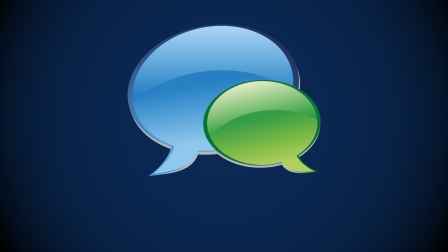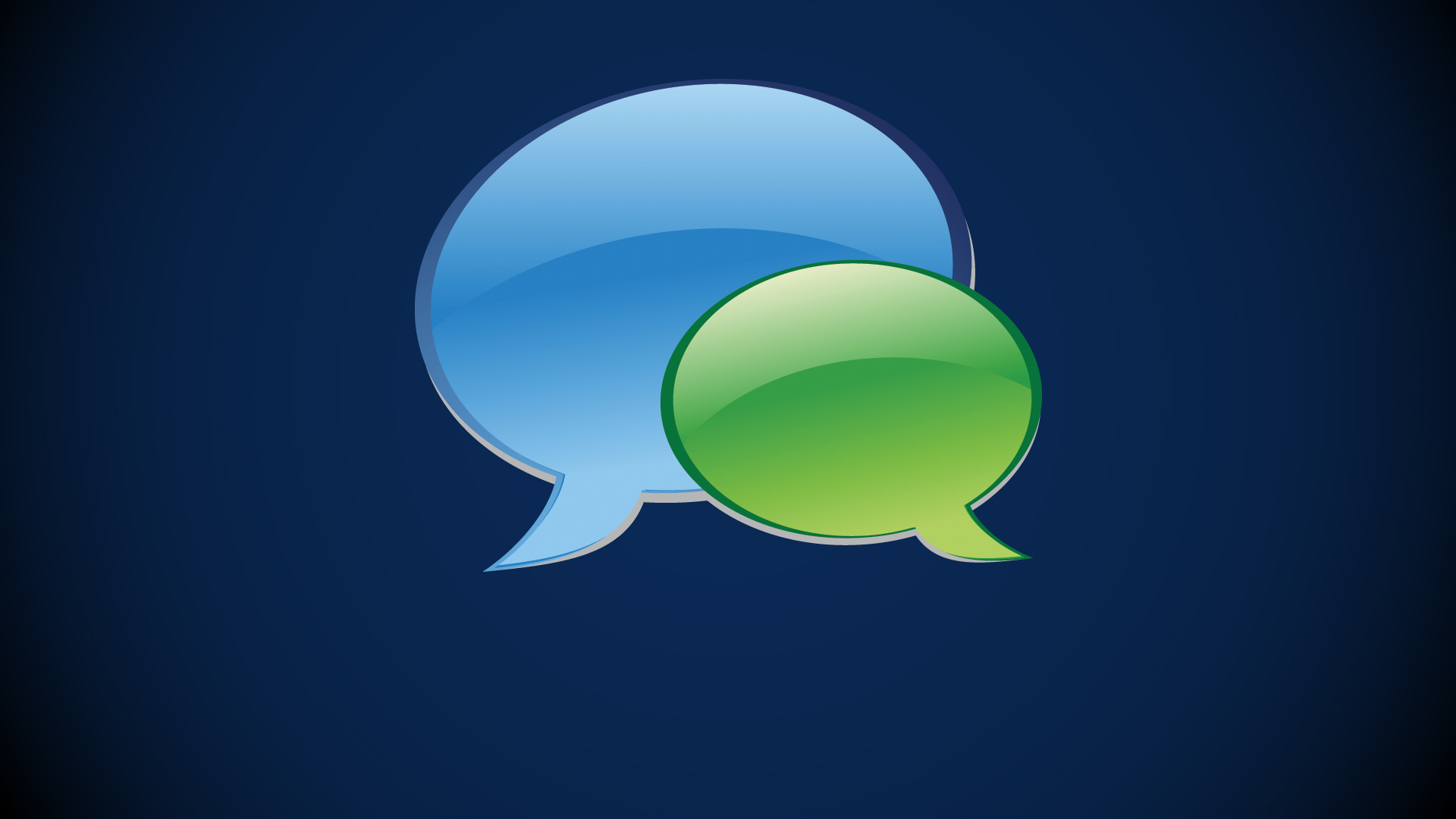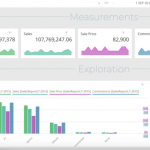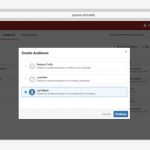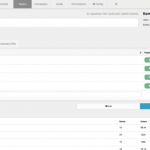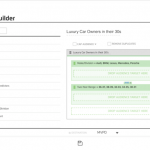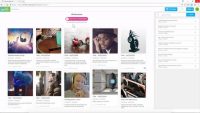IAB begins to address messaging segment with report, standards development
Trade body formally enters the messaging fray with new working group and a promise of future guidance.
Messaging and messaging apps are now bigger than social networks — and may have more longevity. Messaging has been around for years, and even after big pushes and lots of hype earlier this year, many marketers are still on the sidelines.
The IAB has jumped into the fray with a new report that takes some basic steps and promises further guidance to publishers and marketers down the road. Called “Marketing in the Messaging Space for Publishers and Marketers in the US,” the report offers some findings from a marketer survey and provides an overview and some definitions around messaging and chat apps.
The report and associated infographic materials define messaging apps (e.g., Facebook Messenger, WhatsApp, Kik) and their characteristics. The report also extends the definition of messaging into “hybrid apps” that may include messaging functionality but where messaging isn’t the primary focus (e.g., Instagram). Further, the report states that while messaging apps are primarily mobile, not all are entirely mobile (Skype might be such an example of a PC-mobile hybrid).

The IAB is using the following criteria to define and categorize messaging apps:
- Messaging as primary vs. secondary app function
- One-to-one vs. One-to-few vs. one-to-many
- Walled garden vs. API
- Features and platform capabilities
- Third-party creative integration
- Mobile vs. desktop (or both)
The report is bullish on the use of bots for a range of consumer-customer interactions:
“Bots offer to publishers and brands a personal way to engage with consumers through a channel they already likely use — messaging. While much of the industry conversation about chatbots has focused on e-commerce and customer service, chatbots offer functionality to forge increasingly personal connections with consumers on multiple levels. Bots can run the gamut from “conversational” to “experiential,” leveraging other forms of interaction that consumers are accustomed to from the app world. Convincing consumers to use a chatbot within the messaging space is a win-win-win: The app gains desired stickiness, the brand benefits from enhanced communication with the user, and the consumer benefits from real-time interactions in a space where they are already active.”
The short report concludes with the following promises of future releases, based on IAB member feedback:
- To provide more “Messaging 101” Education and Case Studies
- To identify specific targeting/measurement needs for messaging, as well as chatbots
- To develop Messaging Ad Format and Chatbot Best Practice Guidance
Susan Borst, deputy director of mobile for the IAB, who helped prepare the document, said:
“A comparison between messaging apps today and the early days of social media is appropriate. Currently, there is a lot of interest in messaging by both publishers and marketers — but with the messaging space still in its early stages in the US, there are many questions to be answered and avenues to be explored.”
She characterized the IAB’s materials and guidance as “a helpful first step.”
Marketing Land – Internet Marketing News, Strategies & Tips
(9)

